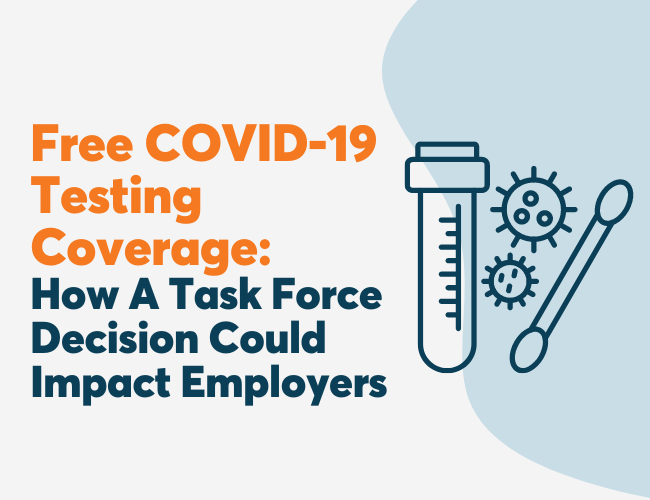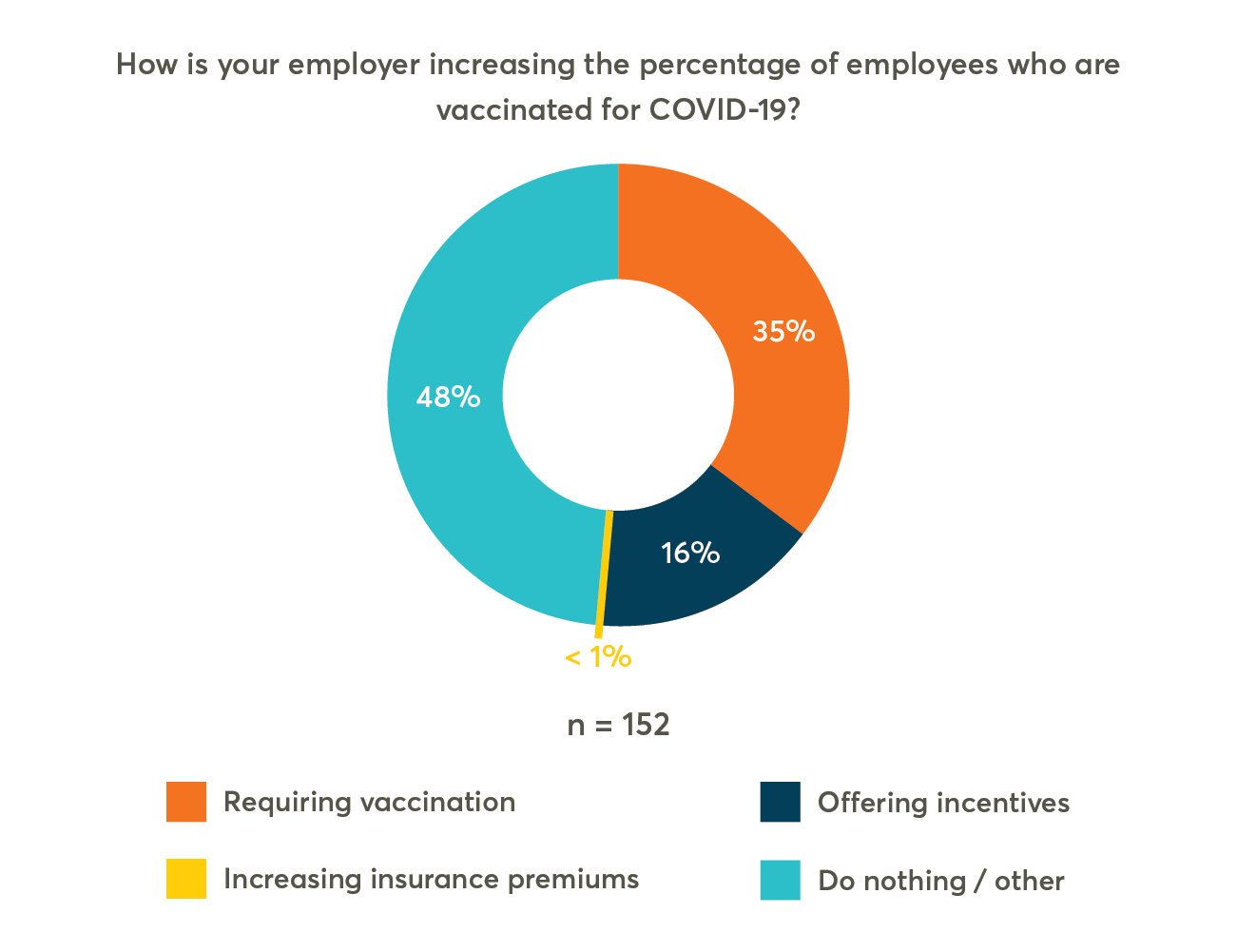Throughout 2021, employers eagerly awaited a time when the advancement of vaccine adoption resulted in a consistent pattern of decreasing COVID-19 cases to signal that it was time to re-open offices. Unfortunately, though vaccines are now widely available and cases have dropped significantly from the peak, the discovery of the several variants has sent organizations back to the drawing board as they question their return-to-work plans.
Real Cost Of Return-To-Office Delays
Employers have financed many resources to mitigate health risks and ensure employee safety and well-being. These include, but are not limited to, vaccine compliance tracking and qualified exemptions, accessible testing options, suitable personal protective equipment, and workspace adjustments designed to mitigate disease transmission.
Multi-solution strategies that safeguard compliance with the law while also creating or preserving company culture come with a hefty price tag that is difficult to recoup when return-to-work plans are delayed. As a result, organizations that prematurely finalized their return-to-work plans have lost hundreds of thousands, if not millions, of dollars.
Aside from costing organizations financially, scrapped plans have burdened employees emotionally. After two years of adapting to rapidly shifting circumstances, family needs, caregiving, homeschooling, remote work, and atypical stressors, workers are struggling to stay productive, engaged, and positively connected with their jobs and organizations. The constant need to accept new plans and reject old ones have left them feeling overwhelmed and exhausted.
Creating A ‘Stable, Long-Term Work Environment’
Organizations must rebuild trust, create certainty and predictability, and manage expectations to mitigate the wide range of adverse effects of shifting return-to-work dates.
Google, the latest major company to announce another delay in its return-to-office, stated that the company will wait to bring employees back to the office until it’s able to come up with a “stable, long-term working environment.”
Google’s response successfully tells employees that the company isn’t concerned about hitting an arbitrary deadline. Instead, they are focused on creating stability and confidence. To achieve this outcome, they will adopt a “wait-and-see” strategy, continuously monitoring the situation, making a call only when confident they have reached a strategy with long-term viability.
In one sense, this plan will increase employee uncertainty since workers won’t know when they will be returning to the office for quite some time. However, confidence is gained in a more meaningful sense. Google’s plan allows employees to be sure that they won’t have to switch back and forth between expecting to return and expecting to continue to work remotely. The knowledge that repeated changes won’t continue to be thrown their way will pay dividends in emotional wellness.
The strategy also runs the risk of never being foolproof, as unforeseen changes in the pandemic may be so severe that the established strategy may need to be changed.
Takeaway
Unfortunately, the pandemic is not going to end imminently. As the global, national, and local landscapes continue to shift, employers must remain agile, steady, and vigilant, returning to the office only when circumstances show promise for a transition that will last.












